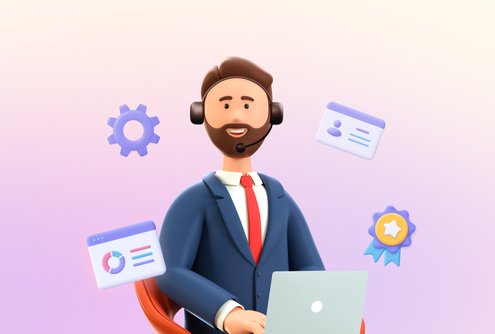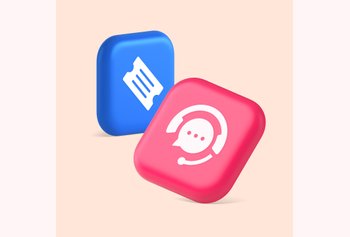One of the key differentiators in today’s business world is personalization. How do you ensure that the experience you provide is relatable and empathetic?
When a customer reaches out to you for help, do you treat them as another ticket number or are you willing to really listen to their problems and find a solution?
This is what separates the most customer-centric and successful brands from the also-rans. The best ones always personalize the support experience, making the customer feel heard and taken care of.
The good news is that more and more companies are coming on board with this idea. According to a 2024 report by Gladly, 79% of surveyed companies believe that personalized customer support is more important than personalized marketing.
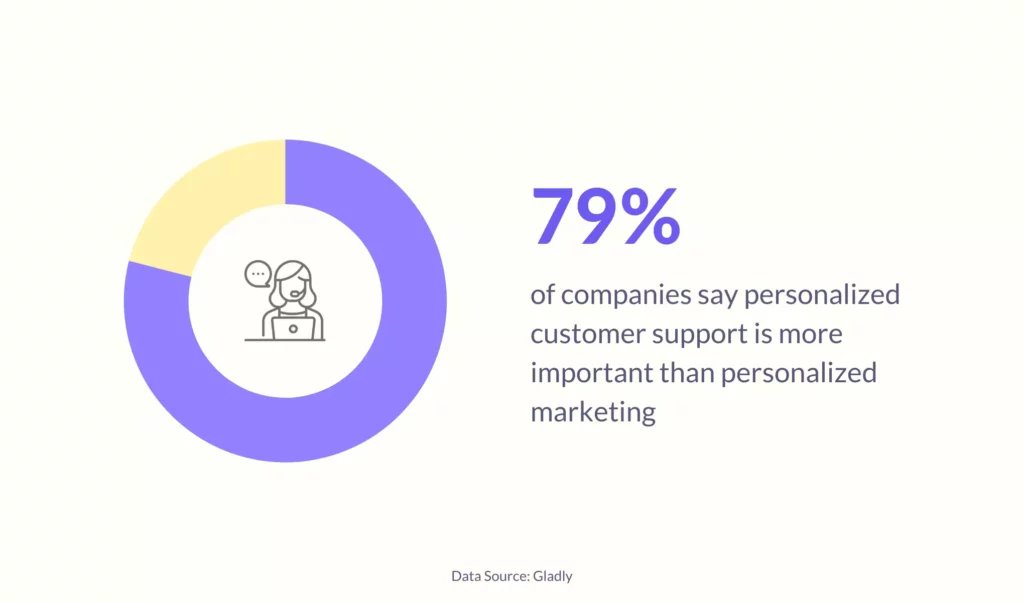
Before we move on to talk about how you can deliver personalized customer service, let’s first focus on what it means, exactly.
Table of Contents
- What is personalized customer service?
- 5 tips to integrate personalization into your customer service strategy
- Wrapping Up
What is personalized customer service?
Customer service personalization is the act of customizing a customer experience based on their past interactions with your brand. It’s about knowing who they are and what their needs are at every stage of their journey with you.
Imagine a customer who reaches out to your business after recently purchasing a product on your website. Having access to all the data, right from the time they first interacted with your website to the time they made a purchase with you, can help you tailor and enhance their support experience to suit their needs. That’s what personalization is all about.
If you’re able to offer this kind of personalized support to customers across channels, you’ll create an effective and pleasant experience that’ll have them coming back for more.
5 tips to integrate personalization into your customer service strategy
Let’s explore how exactly you can make personalization a part of your customer support strategy:
1. Address customers by their name
According to SuperOffice, 49.5% of businesses use personalization primarily in customer support. This includes addressing your customers by name. It should be a fundamental part of your client service. If this seems obvious, you’d be surprised how many companies do not follow this consistently. They either start a conversation with “Hello sir/miss. How can I help you today?” or even worse, send an automated message.
What makes using customers’ names so crucial? Our brain is wired in a way that hearing one’s name immediately draws attention to the sound of it. Apart from making your customers pay better attention to you, addressing them by their name also shows that you value and respect them.
In fact, psychologists say that calling people by their names truly makes communication more trusting. It transforms cold business interactions into a personal exchange between two humans, fostering memorable experiences. Using names, therefore, makes customers feel like more than mere ticket numbers.
That’s why personalized communication should be an inevitable part of your service. Refer to customers by their names every time you interact with them. Regardless of which channel they reach out to you from – whether it is phone, live chat, or email, personalizing your communication always pays off.
Pro tip: Customer service software like Hiver allows you to personalize customer emails at scale with the help of customer service automation. With it, you can create email templates and include customizable placeholder variables for unique customer data such as their first and last name, email address, etc. This way, you will be able to give every customer a personalized experience with minimal manual effort.
2. Meet your customers wherever they are
According to the 2020 Aspect Consumer Index, 6 out of 10 customers do more business with companies that provide outstanding customer service.

And today, the prerequisite to delivering good customer service involves taking a multi-channel approach. The key here is to be present wherever your customers are – social media (through social media management tool),live chat (through a customer service live chat solution),or phone communication (through VoIP software).
But to really make any omnichannel or multi-channel support strategy work, you need to accommodate your customers’ preferences, make your communication efficient, and drive personalized conversations with them across these support channels.
Do you send out automated replies to customers’ Tweets or do you actually read through their concerns and talk to them? Do you have a person to take over after the chatbot runs out of relevant answers or do you simply send a link to an article from your self-service knowledge base?
These are things that really matter.
Further, keep in mind that every channel is unique and the way you address customers across each of those channels needs to be tweaked accordingly. For example, on social media, you might want to keep your communication crisp and witty, while on email, you can be more descriptive and empathetic.
Also, if you’re a small business, you might not have the bandwidth to manage multiple communication channels. A good idea here is to direct queries from different channels to your core channel.
Pro tip: When you’re managing customer conversations across multiple touchpoints, it certainly helps to invest in a helpdesk. A helpdesk enables you to centralize all customer interactions in one single place and get more context on your customers. Did they complain before about the same issue? What have the previous support interactions with them been like?
When your customer service agents are equipped with all contexts, it becomes easier for them to drive personalized conversations.
3. Collect and utilize customer data
Most companies are beginning to realize the importance of good data management and analytics in business processes. Neglecting customer data will lead to an incomplete understanding of the client’s journey.
One of the easiest ways to collect customer data is to get their feedback via customer satisfaction surveys.
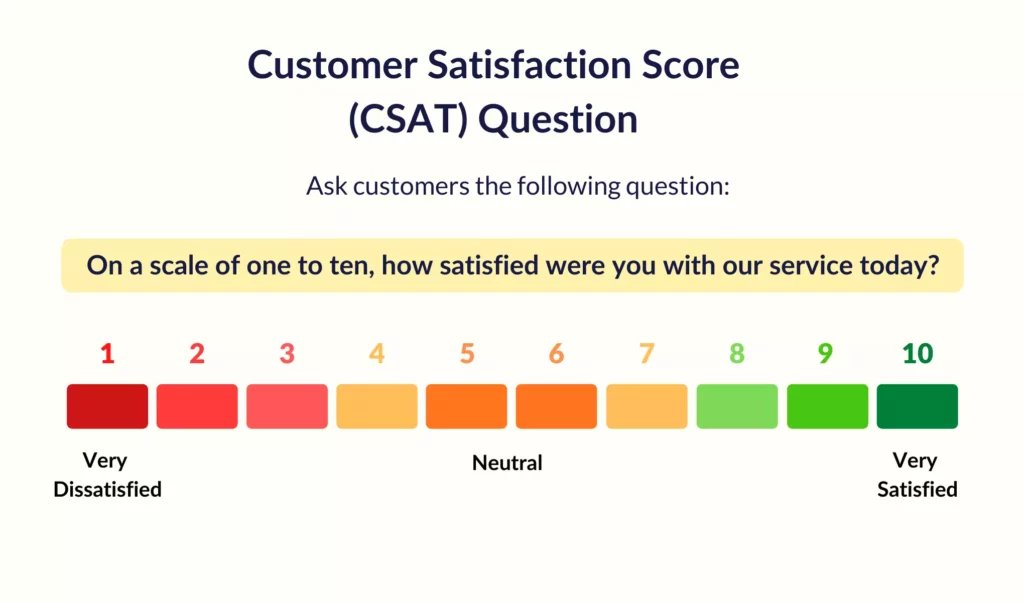
Ask your customers about their experience with your company. Find out what their pain points, likes or dislikes are. You can then leverage this data to make systemic changes to internal processes, modify training strategies for frontline agents, and more.
Customer feedback data can also be used to fix negative experiences in real-time. For instance, when a customer rates you below a certain score on a survey, engage with them right away, and find out what went wrong.
Another way to collect customer data is to track their behavior and purchase history using a tool, such as Customer Relationship Management (CRM) system. This gives you insight into things like where your customers are dropping off, your most popular products/services, what touchpoints customers use the most to engage with your brand, and so on.
Having this data makes it easier for you to segment your customers, create automated marketing campaigns that are still relatable, and bring more personalization into the customer journey.
When you combine customer feedback data with behavioral data, you get to:
- Sync online and offline marketing activities
- Get a comprehensive view of each customer’s profile
- Improve targeting quality
- Predict the optimal steps of communication with each client
- Coordinate multichannel communication
4. Reward customer loyalty
So you’ve got a core group of loyal customers. That’s great. But what should you do next? How do you make the most of their devotion and love for your brand?
You do this by rewarding customer loyalty.
The key here is to do so in a hyper-personalized manner. You’ve already got a great deal of consumer data. Analyzing it is how you identify your loyal customers in the first place. But you’ve got to delve deeper into the specifics of your consumers’ purchase habits in order to craft your reward and customer loyalty program as efficiently as possible.
For example, say you’re running a bakery and two of your most loyal customers include a woman who tends to buy expensive cakes and a teenager who likes to pick up a few donuts after school.
Who might you want to target with your latest product – a luxurious cake with a 3-digit price tag? The woman, of course. She is the one whose purchase behavior has demonstrated an interest in such a product.
This knowledge, while a great upsell opportunity, lets you also know how to reward her loyalty in the best way. You might offer a discount on the cake, or include a coupon since it motivates the woman to purchase the product even further.
Remember, though – your loyal customers are not all the same. Some may prefer reward A over reward B, or in certain situations, they might prioritize product X to product Y. The more hyper-personalized your approach towards customer engagement is, the easier it is to reward brand loyalty in a way that customers appreciate.
5. Go the extra mile for your customers
If you want your customer service team to really stand out from the crowd, you need to make sure you’re delivering proactive customer support whenever possible(For e.g., share an Apple Wallet business card so that they have your contact information handy).
That is, helping your customers out even when they aren’t actively asking for help.
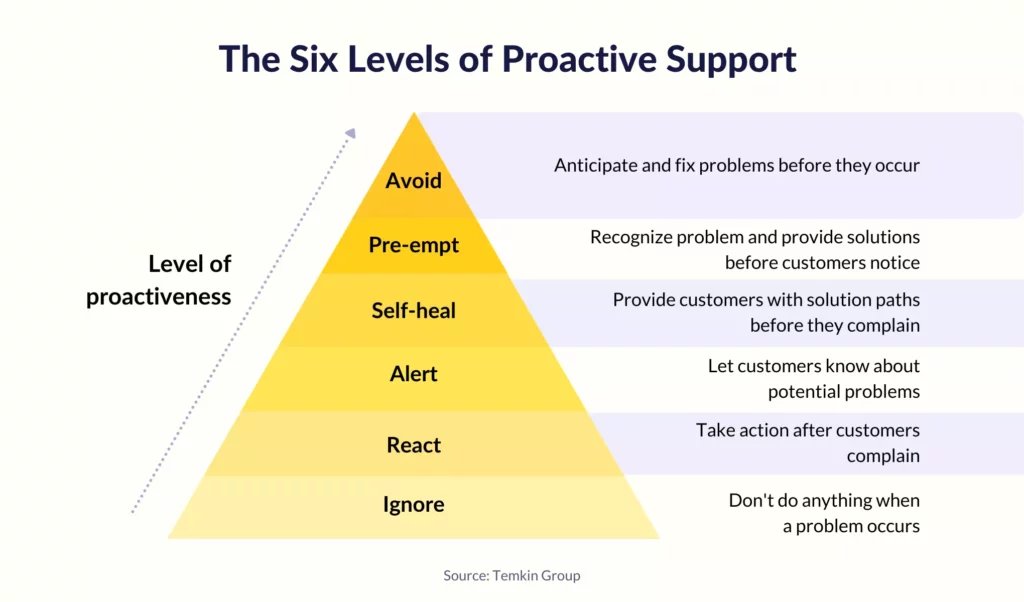
Take Starbucks as an example. In 2016, a barista at Leesburg, Virginia store noticed that one of her customers was deaf, and had trouble ordering his morning coffee. So she taught herself American sign language which allowed her to easily communicate with one of her most loyal customers. She went the extra mile to improve his Starbucks experience.
That act of kindness paid off for the company. The customer was so grateful to the barista that he posted about the experience on social media and was eventually featured in a story on CBS News.
Wrapping Up
The importance of delivering personalized customer service cannot be overstated. Gone are the days of cold, impersonal phone calls where everything was business as usual. Today’s customers demand excellence and a personal touch at every turn.
Delivering personalized customer experiences can help you foster a strong emotional connection with your clients. It makes the journey wholesome and profitable for both you and your customers. It helps drive your loyal customers to share positive feedback about your brand to their friends, family or colleagues and earns you potential customers who you can build lasting relationships with.
But how do you gain the necessary data to build personalized customer relationships without losing too much time? Agents can use various tools like CRM software that stores valuable customer information. This sort of support system allows your team to offer the most pleasant customer service experiences.
The bottom line is that in order to keep things running smoothly, you need to have processes and customer service tools in place that’ll help your team effectively deliver personalized support without getting bogged down by the volume of customer requests. The tips shared above should help you deliver such memorable customer experiences more efficiently than ever.
Resources you’ll love:








